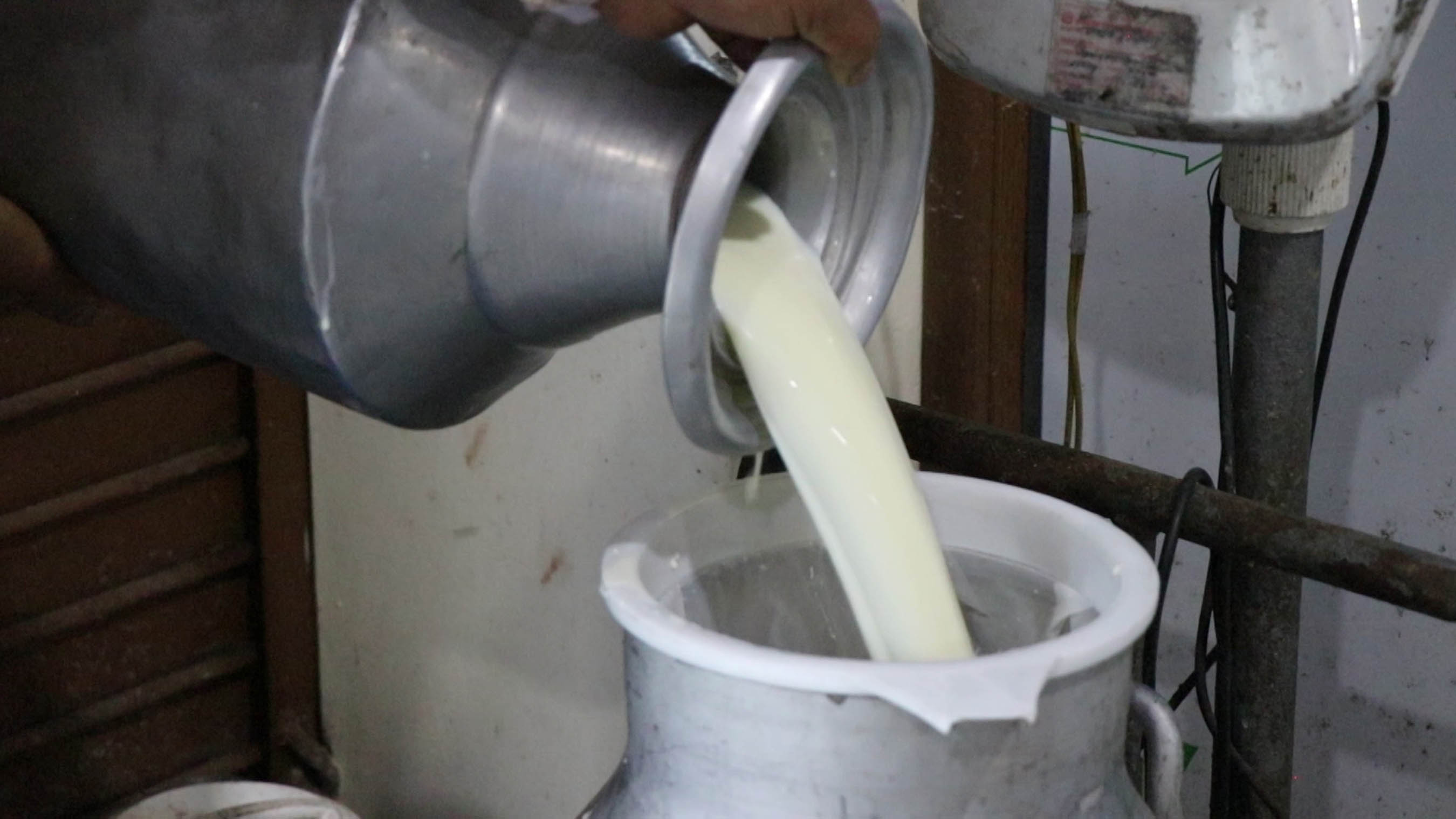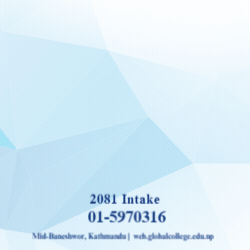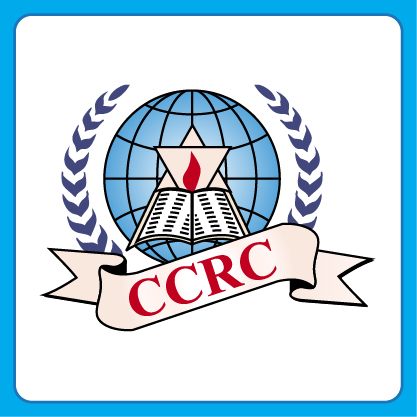The price of cooked cardamom after the farmer sold it, profit to the trader
We use Google Cloud Translation Services. Google requires we provide the following disclaimer relating to use of this service:
This service may contain translations powered by Google. Google disclaims all warranties related to the translations, expressed or implied, including any warranties of accuracy, reliability, and any implied warranties of merchantability, fitness for a particular purpose, and noninfringement.


The price of cardamom has increased after the season. The price of cardamom has reached its highest point this year after farmers in hilly districts sold it. In Jhapa's Birtamod, Pratiman was traded at Rs 83,000 and Panchthar at Rs 82,000 on Tuesday.



Farmers consider February and July as off-season as their produce can be sold within the month of August to January. At this time, traders get the benefit of increased cardamom prices rather than farmers.
The price of cardamom, which is the main source of income for farmers in the eastern hilly district, has been increasing since the beginning of the season this year. Cardamom Traders Federation said that the price of cardamom had started to decrease to Rs. 80,000 last December and then stopped at Rs.
Cardamom, which is produced especially in the hilly district of Koshi, was bought and sold for 82,000 rupees in Pratiman Fidim and 83,000 rupees in Birtamod on Sunday. Khem Adhikari, a businessman from Fidim, said that the best cardamom is being sold at Birtamode at Rs 83,000, medium at Rs 82,000 and normal at Rs 81,000. He said that in Fidim, cardamom of superior quality is 82,000, medium 81,000 and normal quality is 80,000 rupees.
This year, at the beginning of the season, the price of cardamom was around 50,000. Now is the 'off season' of cardamom. Farmers will not be able to take advantage of the increased prices from February. Cardamom production starts from the second week of August. Cardamom, which is harvested from August to October, is usually sold by the farmers within the month of January. In the previous years too, the price increased only from February. "We don't get the benefit of increased prices after February," said Yam Kurumbang, a farmer from Phalelung-8.
Cardamom traders comment that the price of such cash crops is determined from the international market. "In markets including India and Bangladesh, the price will increase and if the demand decreases, the price will also decrease," Deepak Nepal, a central member of the Federation of Nepalese Industries and Commerce, said, "Recently, Nepalese cardamom does not get a price during the season as the large-grain cardamom has started to be produced in India, Sikkim and Bhutan. .'
Panchthar Taplejung, Ilam, Sankhuwasabha and Dhankuta are good cardamom producing areas in the hilly and hilly districts. According to the professionals, cardamom is divided into three levels A, B and C based on quality. Nepal stated that cardamom with large grains, well dried and dried without smoking is kept under the standard of 'A' category.
The market for cardamom produced in Nepal is India. Cardamom produced in eastern Nepal enters India through Jhapa's distribution system. Then India sends it to a third country.
Cardamom is a reliable source of income for farmers in eastern hilly districts. It is called as 'Kholsa gold' because it is also produced on slopes, kholsa and pakha walls where other grains do not grow. "They cannot fix the price of cardamom produced by the farmers, they have to sell it as much as the traders say," says Ganesh Pokharel, the former president of Panchthar Farmers Federation, "Farmers are always getting upset because the minimum support price for cash crops like cardamom, ginger and amriso is not fixed." Within the first week of November, the farmers According to Birendra Yongya, the leading farmer of Panchthar, who can pick from the garden and store it with processing.
There are 17 thousand tons of cardamom produced worldwide, but only 7 thousand tons of cardamom are produced in Nepal, according to the data of the Department of Agriculture. Apart from Nepal, cardamom is also produced in countries like India, Bhutan and Indonesia. As a result, it has been found that the cardamom produced in India goes to other Gulf countries including Bangladesh and Pakistan under the names of Ilmi, Himali and India brands.
In the financial year 079/80, 2 lakh sacks of cardamom were exported to India from Jhapa's Kakdvitta port, according to the data of the Export Promotion Center. Cardamom is used to produce spice dishes, biscuits-bakery, aromatic oil, tincture, liquor etc. Sinhadarbar Vaidyakhana and Ayurvedic herbal medicine companies in Nepal use cardamom in blood purifiers, tonics, asthma and cough medicines.
In the east, 8 types of cardamom are produced, including Ramsai, Lasune, Saune. Cardamom is planted in the eastern and northern mohada areas of hilly districts with an altitude of 700 to 2300 meters above sea level, a temperature of 7 to 20 degrees Celsius and an annual rainfall of 1,500 to 5,000 millimeters.
 प्रकाशित : चैत्र ५, २०८० ०७:५९
प्रकाशित : चैत्र ५, २०८० ०७:५९

 २१.१२°C काठमाडौं
२१.१२°C काठमाडौं





















